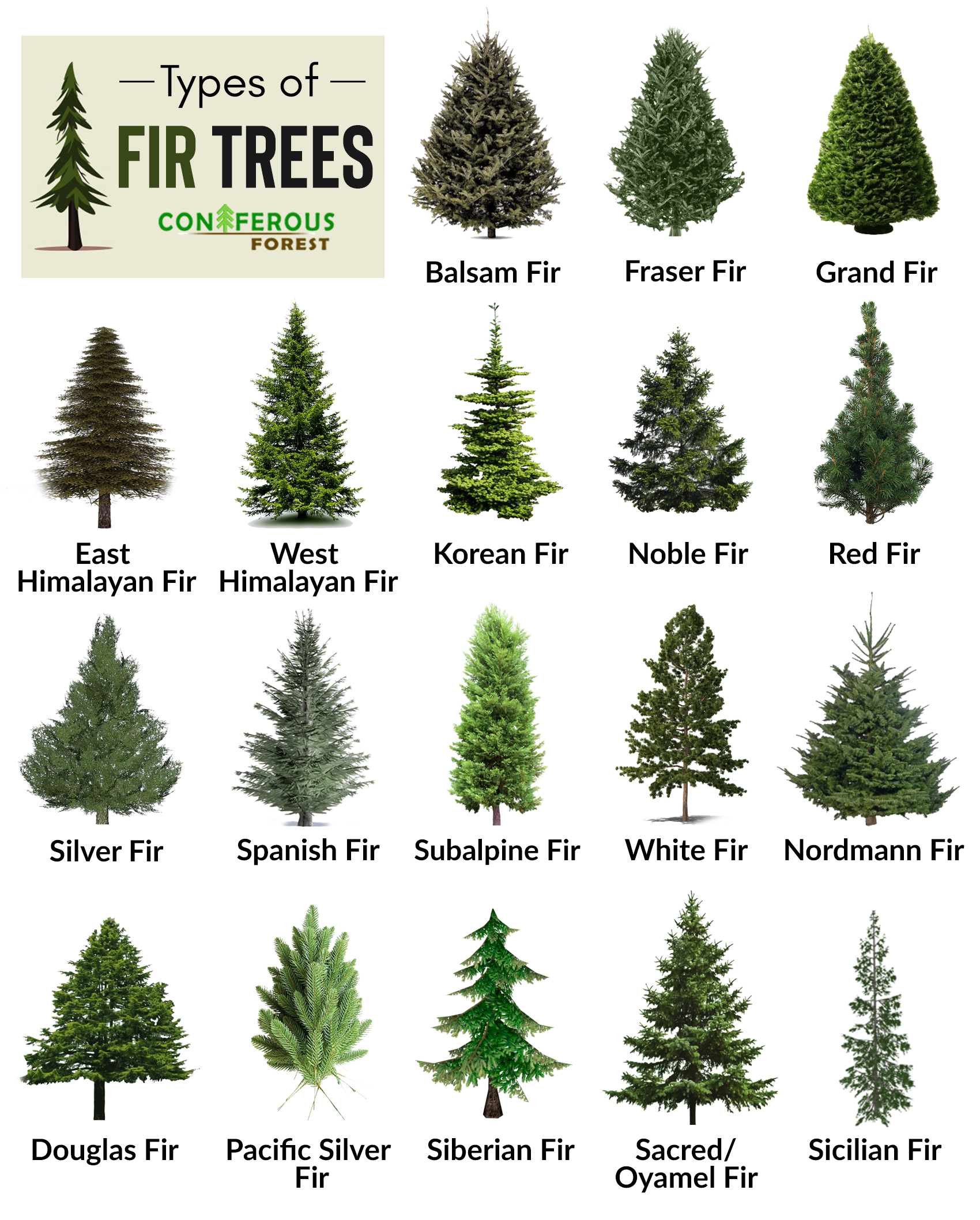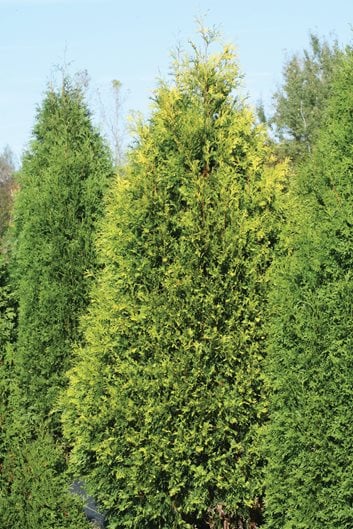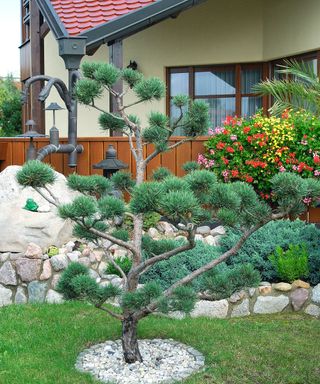Decorative fir trees have a special place in the hearts of many nature lovers and home decorators alike. Whether you’re looking to enhance your garden aesthetic, create a festive atmosphere during the holidays, or simply welcome a piece of nature into your indoor spaces, fir trees bring beauty and tranquility. This comprehensive guide will walk you through everything you need to know about decorative fir trees, from selection and care to styling them in your home.
Table of Contents
- 1. Understanding Fir Trees
- 2. Types of Decorative Fir Trees
- 3. Choosing the Right Fir Tree
- 4. Caring for Your Fir Tree
- 5. Styling Tips for Fir Trees
- 6. Benefits of Decorative Fir Trees
- 7. Common FAQs
1. Understanding Fir Trees
Fir trees, belonging to the genus Abies, are evergreen conifers known for their distinctive needle-like leaves and pleasant aroma. They are a popular choice for landscaping, holiday decorations, and even indoor plants. The beauty of fir trees lies not only in their appearance but also in their ability to adapt to various environments.
What Makes Fir Trees Unique?
Fir trees can be distinguished from other conifers by their upright cones and soft, flat needles. They can thrive in different climates, making them suitable for urban and rural gardens alike.

Common Characteristics of Fir Trees
- Evergreen foliage
- Symmetrical shape
- Variety of sizes, from small shrubs to towering giants
- Ability to withstand cold temperatures
2. Types of Decorative Fir Trees
There are several varieties of fir trees that are popular for decorative purposes. Here are some of the most notable ones:

| Fir Tree Type | Height | Best Use | Notes |
|---|---|---|---|
| Noble Fir (Abies procera) | 30-50 ft | Ornamental, Holidays | Often used for Christmas trees due to their fragrance and sturdy branches. |
| Fraser Fir (Abies fraseri) | 30-50 ft | Holidays, Landscaping | Has excellent needle retention and a pleasant scent. |
| White Fir (Abies concolor) | 30-50 ft | Ornamental, Privacy Screens | Known for its soft, blue-green needles. |
| Balsam Fir (Abies balsamea) | 40-60 ft | Christmas Trees | Popular for its aromatic foliage and ease of decoration. |
3. Choosing the Right Fir Tree
Choosing the right fir tree depends on several factors, including your space, climate, and personal preferences. Here are some tips to help you make the best choice:

Consider Your Space
If you have a small garden, opting for a smaller variety like the White Fir can complement your space without overwhelming it. On the other hand, larger properties can benefit from majestic trees like the Noble Fir.
Climate Compatibility
Your local climate plays a crucial role in the survivability of your fir tree. Some types, like the Fraser Fir, thrive in cooler regions, while others may be more adaptable.

Aesthetic Preferences
Consider the look you’re aiming for—do you prefer a traditional look with a Balsam Fir for the holidays, or a more modern aesthetic with the soft needles of a Noble Fir?
4. Caring for Your Fir Tree
Caring for your decorative fir tree is essential for its growth and longevity. Here are a few care tips:

Watering
Ensure your fir tree gets enough water, especially during dry spells. A good rule of thumb is to water thoroughly once a week during the growing season.
Fertilizing
Applying a balanced fertilizer in early spring can help your fir tree thrive. Look for a slow-release option to provide nutrients over time.

Mulching
Using mulch around the base of your fir tree helps retain moisture and suppress weeds. Organic mulch, like wood chips, is ideal.
Pest and Disease Management
Keep an eye out for common pests such as aphids or spider mites. Regular checks and organic pesticides can help keep your tree healthy.

5. Styling Tips for Fir Trees
Decorative fir trees not only beautify outdoor spaces but can also make for stunning indoor decorations. Here are some tips for styling your fir tree:
Outdoor Displays
- Layering with Other Plants: Combine your fir with other shrubs and flowers to create a vibrant garden.
- Lighting: String lights can add a magical touch to your fir during the holidays.
Indoor Decorations
- Seasonal Decor: Use ornaments, ribbons, or garlands to decorate your indoor fir tree during the holiday seasons.
- Minimalist Approach: Sometimes less is more—consider simple decorations for a chic look.
6. Benefits of Decorative Fir Trees
Investing in a decorative fir tree comes with numerous advantages:
- Air Quality Improvement: Fir trees help improve air quality by absorbing carbon dioxide and releasing oxygen.
- Environmental Benefits: They provide habitat for wildlife and play a role in preventing soil erosion.
- Visual Appeal: Fir trees can enhance the aesthetic of your home or garden all year round.
7. Common FAQs
What is the best type of fir tree for indoor decoration?
The Fraser Fir is highly recommended for indoor use, especially during the holiday season, due to its fragrance and strong branches for holding ornaments.
How often should I water my fir tree?
Water your fir tree thoroughly once a week, adjusting based on weather conditions and soil moisture.
Can decorative fir trees survive in warm climates?
Some varieties such as the White Fir can adapt to warmer climates, but it’s essential to check specific species’ requirements for heat tolerance.
Are fir trees easy to care for?
Yes! With proper watering, fertilizing, and pest management, fir trees are relatively easy to care for, making them a great choice for both beginners and seasoned gardeners.
In conclusion, decorative fir trees offer a beautiful and beneficial addition to any home or garden. With the right selection, care, and styling, these evergreens can bring joy and serenity for years to come. Happy planting!